CH Baktawar Singh Rd, Medicity, Islampur Colony, Sector 38, Gurugram, Haryana 122001
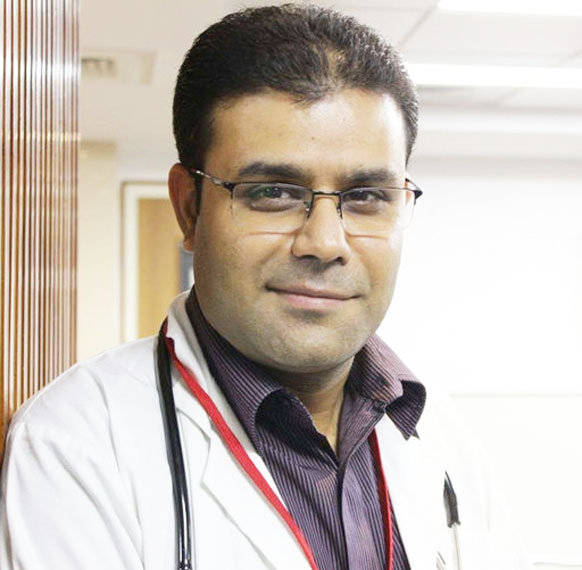
IVideo-assisted thoracic Surgery, or VATS surgery for short, is a minimally invasive procedure intended to identify and treat conditions pertaining to the chest. It entails making small cuts in which a tiny camera and instruments are introduced for surgery, giving the surgeon access to examine and operate inside the cavity of the chest. In comparison with standard open surgery, this method reduces the demand for bigger incisions, which results in less discomfort, faster recuperation, and less time in the hospital. VATS surgery in Delhi is frequently utilized for a variety of chest procedures, including lobectomies, lung biopsies, and the management of lung lesions and pneumothorax.
Compared to conventional open procedures, VATS (Video-Assisted Thoracic Surgery), often known as minimally invasive thoracic surgery, offers a number of benefits.
Since it is minimally invasive, video-assisted thoracic surgery is widely used for a variety of chest treatments. Comparing these treatments to open operations, VATS procedures prove to be somewhat superior, in terms of patient outcomes because of the need for tiny incisions, and the utilization of specialized equipment due to its adaptability. VATS is a minimally invasive technique that works well for addressing a variety of thoracic diseases.
Typical procedures carried out with VATS include
Furthermore, VATS is employed for a lobectomy involves removing a lung lobe, and
A patient's general health, the particular ailment that has to be treated, and the complexity of the procedure all play a role in determining whether or not they are eligible for VATS surgery in Delhi. Patients having small tumors, malignancies in the early stages, or specific disorders affecting the chest typically make good candidates.
Patients may require medical exams, blood testing, and diagnostic procedures before surgery to make sure they are a good candidate for the treatment. Talking to the surgeon regarding any prescription drugs, food constraints, or lifestyle changes needed prior to the procedure can be a part of the preparations.
While both standard open surgery and VATS seek to treat thoracic diseases, their methods and results vary greatly.
VATS enables doctors to operate with small incisions and a camera while seeing a monitor image of the interior of the chest. Traditional open surgery, on the other hand, uses a wider incision to allow for direct exposure to the chest cavity.
Compared to standard surgery, VATS has the following benefits: fewer scars, less discomfort after surgery, shorter hospital stays, faster healing periods, and less damage to surrounding tissues.
Compared to open surgery, patients having VATS frequently lose less blood and have a lower risk of infection. Furthermore, because less damage is done to the chest cavity with VATS, lung function is usually enhanced following the treatment.
But not every situation lends itself to VATS. Open surgery may be necessary for some lengthy or intricate procedures in order to provide greater access and visualization. Furthermore, the particular ailment being treated and the surgeon's experience both factor into the effectiveness of VATS.
Although VATS surgery in Delhi has several advantages over traditional surgery, the decision between the two must be made after a careful assessment of the condition of the patient, taking into account the nature and extent of the chest problem. The best course of action for every unique situation can be decided with the assistance of Dr. Harsh Vardhan Puri, the extremely competent and skilled lung transplant and thoracic surgeon.
Q. What is the cost of VATS surgery in Delhi?
Video-assisted thoracoscopic Surgery or VATS surgery in Delhi can have varying costs based on the intricacy of the treatment, the facility used, and related medical costs. In Delhi, the cost of a VATS procedure can often vary from INR 1,50,000 to 5,00,000 or more. For precise and up-to-date information about the price of VATS surgery in Delhi, it is best to speak with Dr Harsh Vardhan Puri at Medanta The Medicity Hospital.
Q. What is the success rate of VATS surgery?
VATS has a high success rate overall, with most patients reporting favorable results. Compared to typical open surgery, VATS has benefits including less discomfort after surgery, reduced hospitalization, and faster recovery times. Patients interested in learning more about treatment choices and success rates can speak with Dr. Harsh Vardhan Puri, the most sought-after surgeon for VATS surgery in Delhi.
Q. What kind of doctor performs VATS?
Thoracic surgeons who specialize in minimally intrusive thoracic surgery usually do VATS treatments. These knowledgeable medical specialists are adept at treating a variety of thoracic ailments using a video-assisted method. The most well-known thoracic surgeon for VATS surgery in Delhi is Dr. Harsh Vardhan Puri. His specialized knowledge and proficiency in VATS are beneficial to patients seeking individualized solutions and professional care for thoracic conditions.
Q. Is VATS high-risk surgery?
Although there are dangers associated with any surgery, Video-Assisted Thoracoscopic Surgery (VATS) is usually regarded as less risky than open operations. Smaller incisions are used in VATS, which reduces postoperative discomfort and speeds up healing. Although they are uncommon, complications might include infection or bleeding.
Q. How painful is VATS surgery?
Compared to open treatments, VATS is less intrusive and causes less discomfort after surgery. Because of the tiny incisions, patients frequently heal more quickly and with less discomfort. Usually, drugs are used to treat pain. Although each person perceives pain differently, VATS is intended to improve patient comfort while they are recovering.
Q. How many hours is VATS surgery?
VATS times vary according to the particular technique and the patient. Procedures for VATS can typically take one to three hours. For VATS surgery in Delhi, the leading thoracic surgeon is Dr.Harsh Vardhan Puri. Every patient who comes to see Dr.Harsh Vardhan Puri will receive the best care possible because of his dedication to providing them with individualized attention.
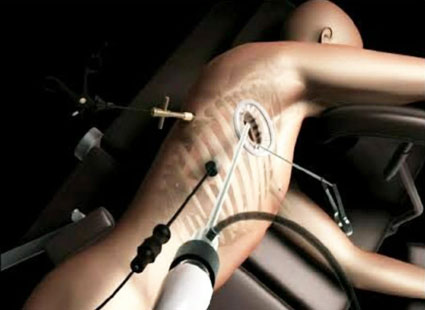
VATS being performed
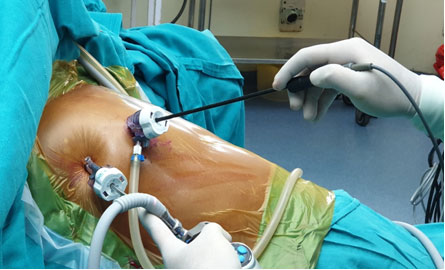
VATS being performed
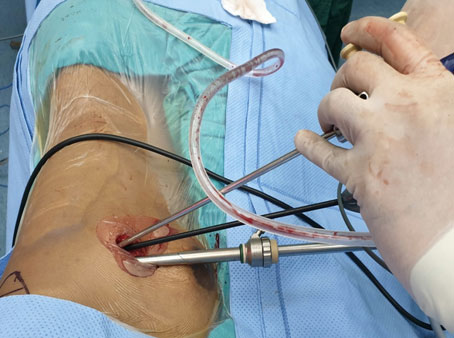
Uniportal VATS being performed
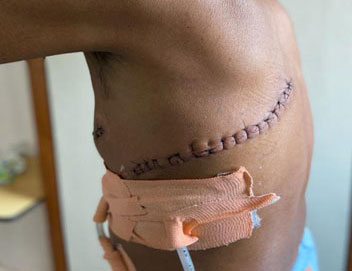
Thoracotomy scar of open surgery
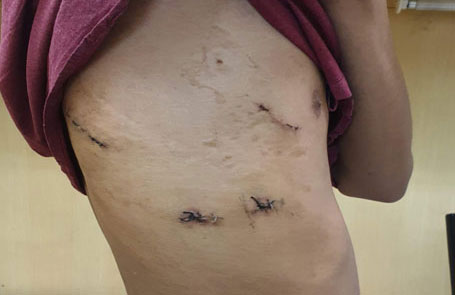
Scar in VATS
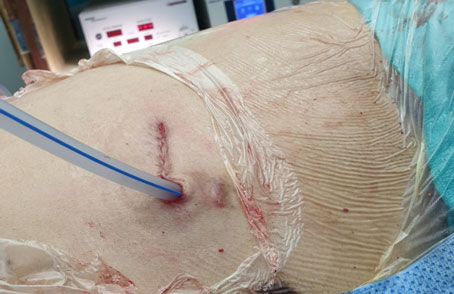
Scar in Uniportal VATS